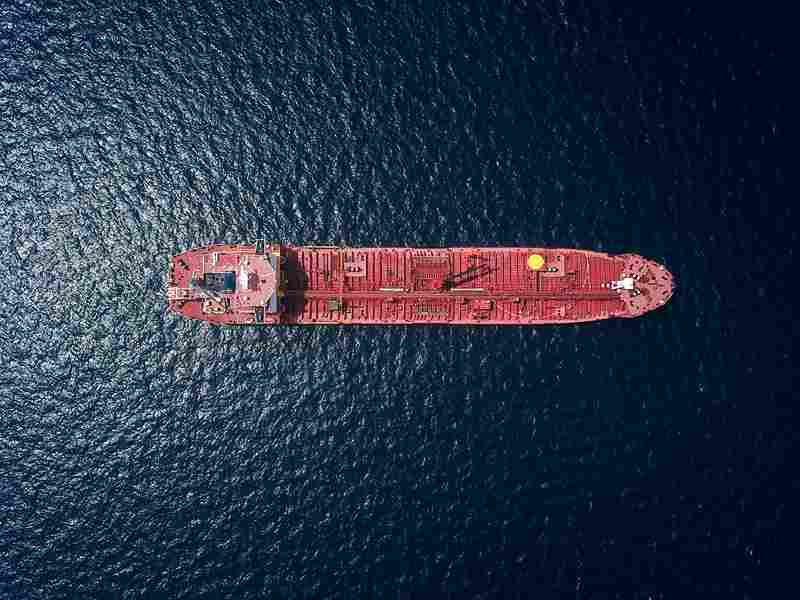
Advances in Marine Diesel Engine Technologies for Bunker Fuels
Introduction
Marine diesel engines are the workhorses of the shipping industry, powering vessels that facilitate the global movement of goods. With environmental regulations tightening and fuel prices fluctuating, there is a growing impetus to advance marine diesel engine technologies. These advancements aim to enhance fuel efficiency, reduce emissions, and ensure compatibility with a broader range of bunker fuels. This article explores the latest technological innovations transforming marine diesel engines.
Fuel Injection Systems
One of the most significant areas of advancement in marine diesel engines is fuel injection technology. Modern injection systems are designed to optimize fuel atomization and combustion, leading to improved efficiency and reduced emissions.
- Common Rail Injection
- Common rail injection systems maintain high-pressure fuel in a common rail that feeds individual injectors. This system allows for precise control of injection timing and quantity, improving combustion efficiency and reducing NOx and particulate emissions.
- Electronic Unit Injectors (EUI)
- EUI systems integrate electronic control with mechanical injectors, enabling fine-tuned fuel delivery. This precision helps achieve better combustion characteristics and lower emissions, adapting to varying engine loads and speeds.
- Dual-Fuel Injection
- Dual-fuel injection systems enable engines to run on both liquid and gaseous fuels, such as heavy fuel oil (HFO) and liquefied natural gas (LNG). This flexibility allows for reduced emissions and operational cost savings, especially when utilizing cleaner-burning LNG.
Turbocharging and Air Management
Turbocharging has long been a staple in enhancing the performance of marine diesel engines. Recent advancements have further improved turbocharger efficiency and integration with engine control systems.
- Two-Stage Turbocharging
- Two-stage turbocharging involves using two turbochargers in sequence, significantly increasing the air intake pressure. This results in higher engine efficiency, better fuel combustion, and reduced specific fuel consumption.
- Variable Geometry Turbochargers (VGT)
- VGTs adjust the turbocharger’s vanes based on the engine’s operating conditions, optimizing airflow and maintaining peak performance across a wide range of speeds and loads. This adaptability helps improve fuel efficiency and reduce emissions.
- Exhaust Gas Recirculation (EGR)
- EGR systems recirculate a portion of the exhaust gases back into the combustion chamber, lowering the oxygen concentration and combustion temperature. This process effectively reduces NOx emissions without significantly impacting engine performance.
Advanced Combustion Techniques
Innovations in combustion techniques are pivotal in enhancing the efficiency and environmental performance of marine diesel engines.
- Homogeneous Charge Compression Ignition (HCCI)
- HCCI involves premixing fuel and air before compression, leading to simultaneous combustion throughout the mixture. This method achieves high efficiency and low NOx emissions by operating at lower temperatures compared to traditional diesel combustion.
- Low-Temperature Combustion (LTC)
- LTC strategies focus on reducing combustion temperatures to minimize NOx and particulate matter formation. Techniques such as advanced fuel injection timing and optimized air management are employed to achieve efficient and cleaner combustion.
- Selective Catalytic Reduction (SCR)
- SCR systems use a catalyst to convert NOx in the exhaust gases into nitrogen and water by injecting a reductant, such as urea. This post-combustion treatment effectively reduces NOx emissions, ensuring compliance with stringent environmental regulations.
Fuel Flexibility and Alternative Fuels
Adapting marine diesel engines to accommodate a variety of fuels is crucial for future-proofing against regulatory changes and fuel supply variations.
- Biofuels
- Marine engines are being adapted to run on biofuels, such as biodiesel and bio-LNG, which are derived from renewable sources. These fuels have lower carbon footprints and can reduce overall greenhouse gas emissions.
- Methanol
- Methanol is emerging as a viable alternative fuel for marine engines due to its lower emissions profile and availability. Engine modifications, such as methanol-compatible fuel injection systems and seals, are necessary to handle this fuel.
- Ammonia
- Ammonia is gaining attention as a zero-carbon fuel option. It can be used in modified diesel engines with specific injectors and combustion strategies designed to handle its unique properties, such as high ignition temperature and corrosiveness.
Digitalization and Automation
The integration of digital technologies and automation is revolutionizing marine diesel engine operation and maintenance.
- Condition Monitoring
- Advanced sensors and data analytics enable real-time monitoring of engine performance and health. This predictive maintenance approach helps identify potential issues before they lead to failures, reducing downtime and maintenance costs.
- Engine Control Units (ECU)
- Modern ECUs offer sophisticated control over engine parameters, optimizing performance and efficiency. These systems can adapt to changing operating conditions, fuel types, and environmental regulations.
- Autonomous Operations
- Automation in marine diesel engines includes features such as automated start/stop, load adjustment, and fault diagnosis. These advancements improve operational efficiency and reduce the need for constant human oversight.
Environmental and Economic Impacts
The advancements in marine diesel engine technologies have far-reaching environmental and economic implications. Enhanced fuel efficiency and the ability to utilize alternative fuels lead to significant cost savings. Moreover, reducing emissions helps the shipping industry comply with international regulations, such as the International Maritime Organization’s (IMO) sulfur cap and greenhouse gas reduction targets, contributing to global environmental sustainability.
Conclusion
The marine diesel engine sector is undergoing a transformative phase, driven by technological innovations and regulatory pressures. Advances in fuel injection systems, turbocharging, combustion techniques, and digitalization are paving the way for more efficient, flexible, and environmentally friendly engines. As the shipping industry continues to evolve, these advancements will play a crucial role in meeting the twin challenges of economic efficiency and environmental stewardship.





